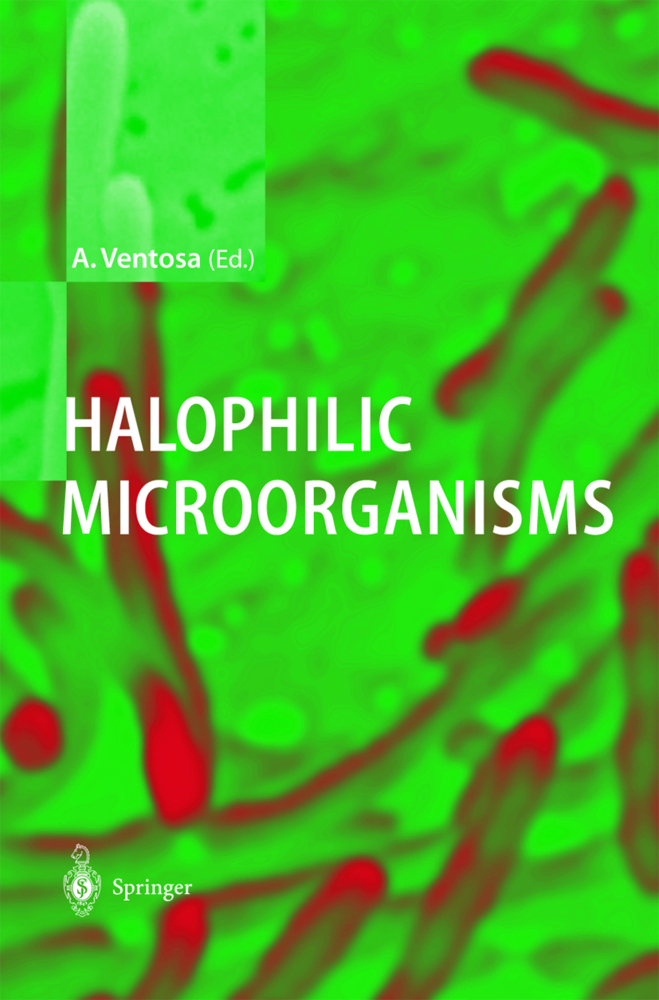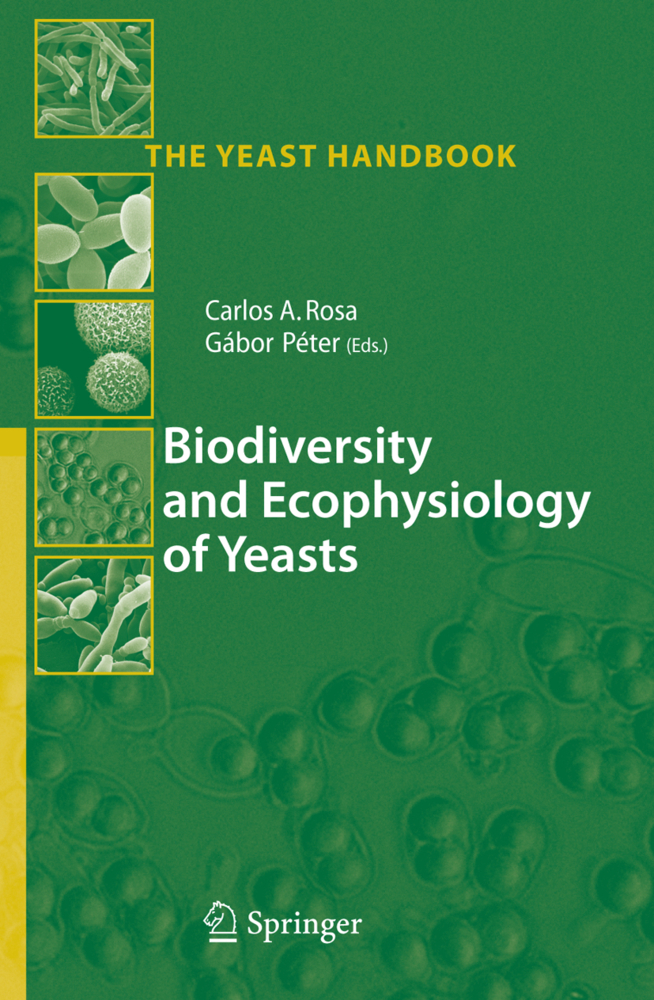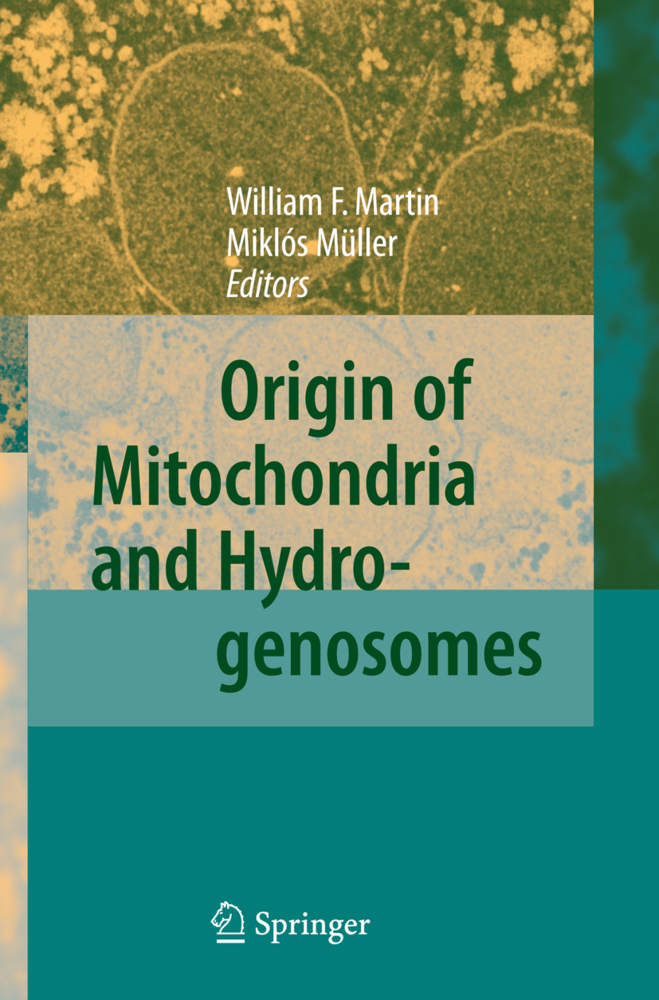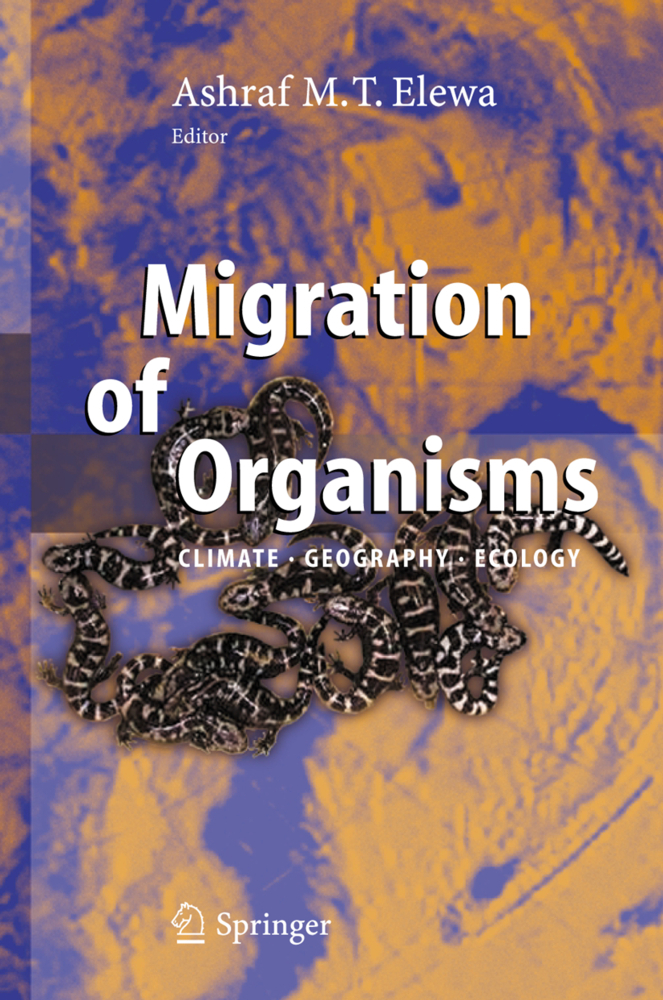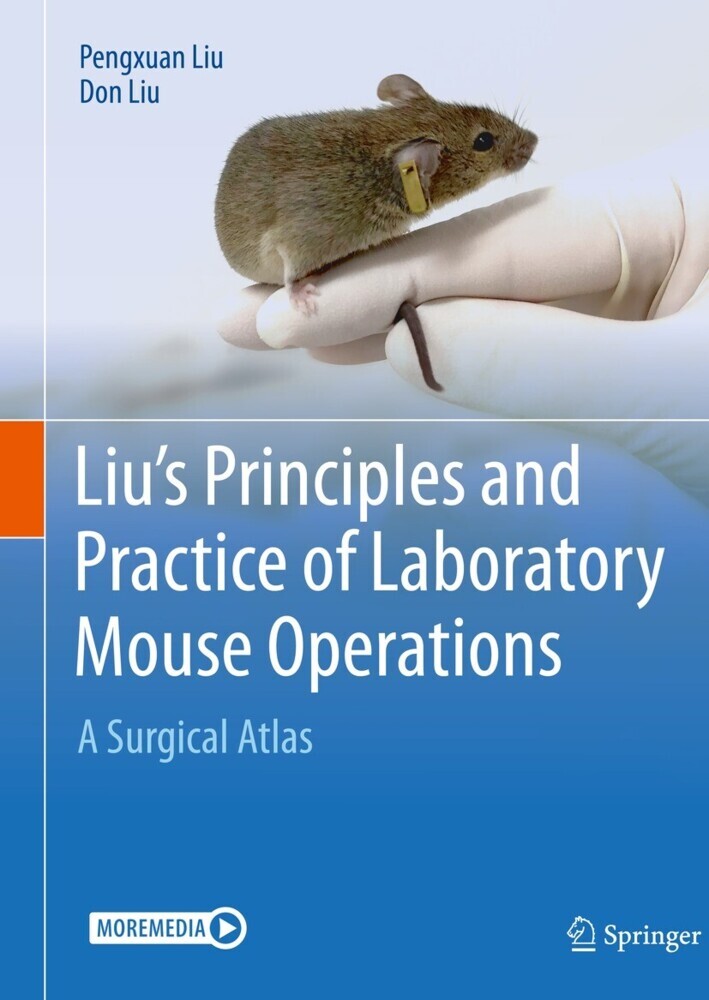Halophilic Microorganisms
Halophilic Microorganisms
Microorganisms from extreme environments have attracted the attention of many scientists and are currently one of the main focuses of research due to the fascinating mechanisms that they display in order to live under extreme conditions.One of the basic aspects of study in extremophiles is to unravel the adaptation mechanisms of these microorganisms to the severe conditions of temperature,pH or salinity of extreme habitats,and certainly the results will permit interesting developments in the future.Moreover,the extensive studies carried out during recent years have made it possible to use them as cell f- tories to produce new compounds of biotechnological importance and to develop new strategies for industrial processes. Besides thermophiles,hyperthermophiles,alkaliphiles,acidophiles or p- chrophiles,one of the most interesting groups of extremophiles is costituted by the halophilic microorganisms.These organisms require high levels of salt to grow and are common inhabitants of hypersaline environments, such as lakes,salterns or saline soils.This book is devoted to the salt-loving mic- organisms and focuses on different aspects of halophilic Archaea, Bacteria and Eukarya.
2 Microbial Molecular and Physiological Diversity in Hypersaline Environments
3 Red, Extremely Halophilic, but not Archaeal: The Physiology and Ecology of Salinibacter ruber, a Bacterium Isolated from Saltern Crystallizer Ponds
4 The Potential Use of Signature Bases from 16S rRNA Gene Sequences to Aid the Assignment of Microbial Strains to Genera of Halobacteria
5 From Intraterrestrials to Extraterrestrials - Viable Haloarchaea in Ancient Salt Deposits
6 Fungi in the Salterns
7 Physiological and Molecular Responses of Bacillus subtilis to Hypertonicity: Utilization of Evolutionarily Conserved Adaptation Strategies
8 Genetics of Osmoadaptation by Accumulation of Compatible Solutes in the Moderate Halophile Chromohalobacter salexigens: Its Potential in Agriculture Under Osmotic Stress Conditions
9 Osmoregulated Solute Transport in Halophilic Bacteria
10 Molecular and Functional Adaptations Underlying the Exceptional Salt Tolerance of the Alga Dunaliella salina
11 Multienzyme Complexes in the Archaea: Predictions from Genome Sequences
12 Nitrate Assimilation in Halophilic Archaea
13 The Archaeal Cardiolipins of the Extreme Halophiles
14 Understanding Archaeal Protein Translocation: Haloferax volcanii as a Model System
15 Gas Vesicle Genes in Halophilic Archaea and Bacteria
16 Extremely Halophilic Archaea: Insights into Their Response to Environmental Conditions
17 Genome Sequences of the Head-Tail Haloviruses HF1 and HF2
18 Reporter Gene Systems for Halophilic Microorganisms
19 Industrial Enzymes: Do Halophiles and Alkaliphiles Have a Role to Play?
20 Extracellular Hydrolytic Enzymes Produced by Moderately Halophilic Bacteria
21 ModeratelyHalophilic, Exopolysaccharide-Producing Bacteria
22 Biotransformation of Toxic Organic and Inorganic Contaminants by Halophilic Bacteria
Epilogue: Cum Grano Salis - Salt in the History and Life of Mankind. An Overview with Emphasis on Europe.
Introductory Chapter: Half a Lifetime in Soda Lakes
1 Trophic Ecology of Solar Salterns2 Microbial Molecular and Physiological Diversity in Hypersaline Environments
3 Red, Extremely Halophilic, but not Archaeal: The Physiology and Ecology of Salinibacter ruber, a Bacterium Isolated from Saltern Crystallizer Ponds
4 The Potential Use of Signature Bases from 16S rRNA Gene Sequences to Aid the Assignment of Microbial Strains to Genera of Halobacteria
5 From Intraterrestrials to Extraterrestrials - Viable Haloarchaea in Ancient Salt Deposits
6 Fungi in the Salterns
7 Physiological and Molecular Responses of Bacillus subtilis to Hypertonicity: Utilization of Evolutionarily Conserved Adaptation Strategies
8 Genetics of Osmoadaptation by Accumulation of Compatible Solutes in the Moderate Halophile Chromohalobacter salexigens: Its Potential in Agriculture Under Osmotic Stress Conditions
9 Osmoregulated Solute Transport in Halophilic Bacteria
10 Molecular and Functional Adaptations Underlying the Exceptional Salt Tolerance of the Alga Dunaliella salina
11 Multienzyme Complexes in the Archaea: Predictions from Genome Sequences
12 Nitrate Assimilation in Halophilic Archaea
13 The Archaeal Cardiolipins of the Extreme Halophiles
14 Understanding Archaeal Protein Translocation: Haloferax volcanii as a Model System
15 Gas Vesicle Genes in Halophilic Archaea and Bacteria
16 Extremely Halophilic Archaea: Insights into Their Response to Environmental Conditions
17 Genome Sequences of the Head-Tail Haloviruses HF1 and HF2
18 Reporter Gene Systems for Halophilic Microorganisms
19 Industrial Enzymes: Do Halophiles and Alkaliphiles Have a Role to Play?
20 Extracellular Hydrolytic Enzymes Produced by Moderately Halophilic Bacteria
21 ModeratelyHalophilic, Exopolysaccharide-Producing Bacteria
22 Biotransformation of Toxic Organic and Inorganic Contaminants by Halophilic Bacteria
Epilogue: Cum Grano Salis - Salt in the History and Life of Mankind. An Overview with Emphasis on Europe.
Ventosa, Antonio
| ISBN | 978-3-540-00926-9 |
|---|---|
| Artikelnummer | 9783540009269 |
| Medientyp | Buch |
| Copyrightjahr | 2003 |
| Verlag | Springer, Berlin |
| Umfang | XXVII, 350 Seiten |
| Abbildungen | XXVII, 350 p. |
| Sprache | Englisch |

